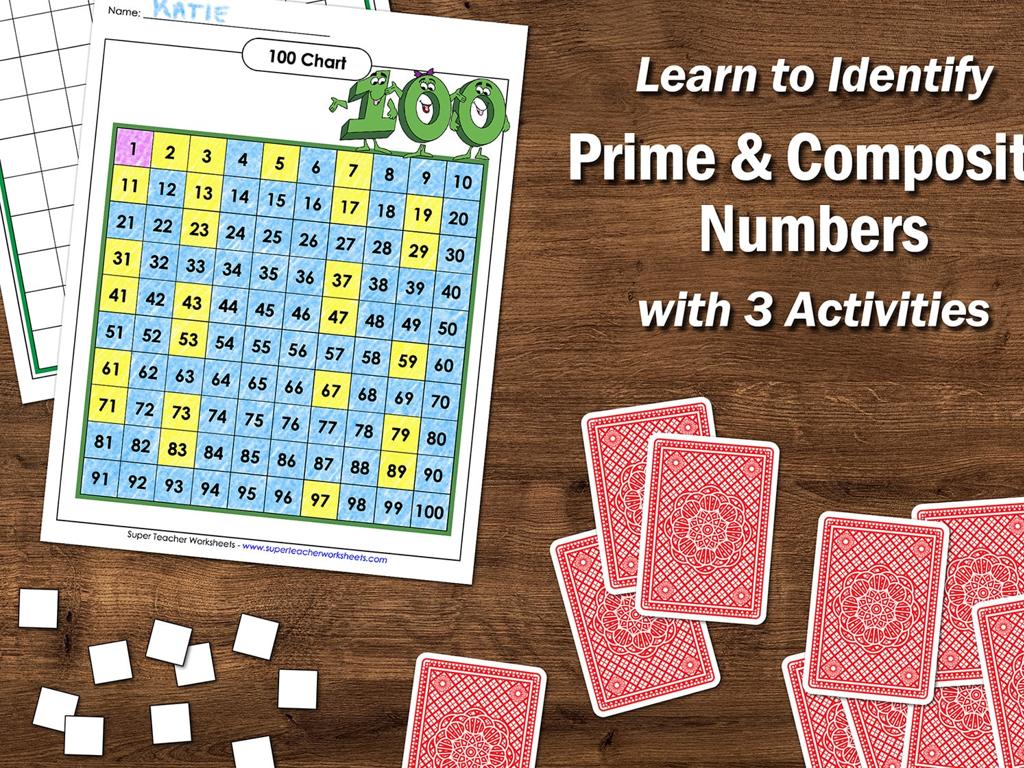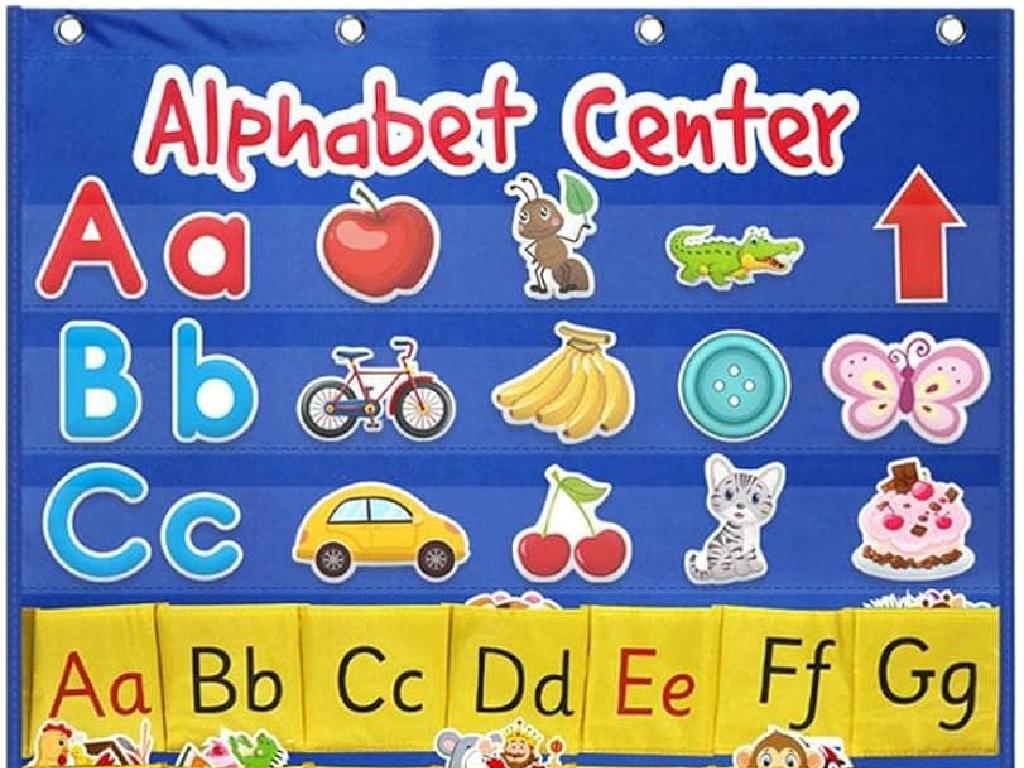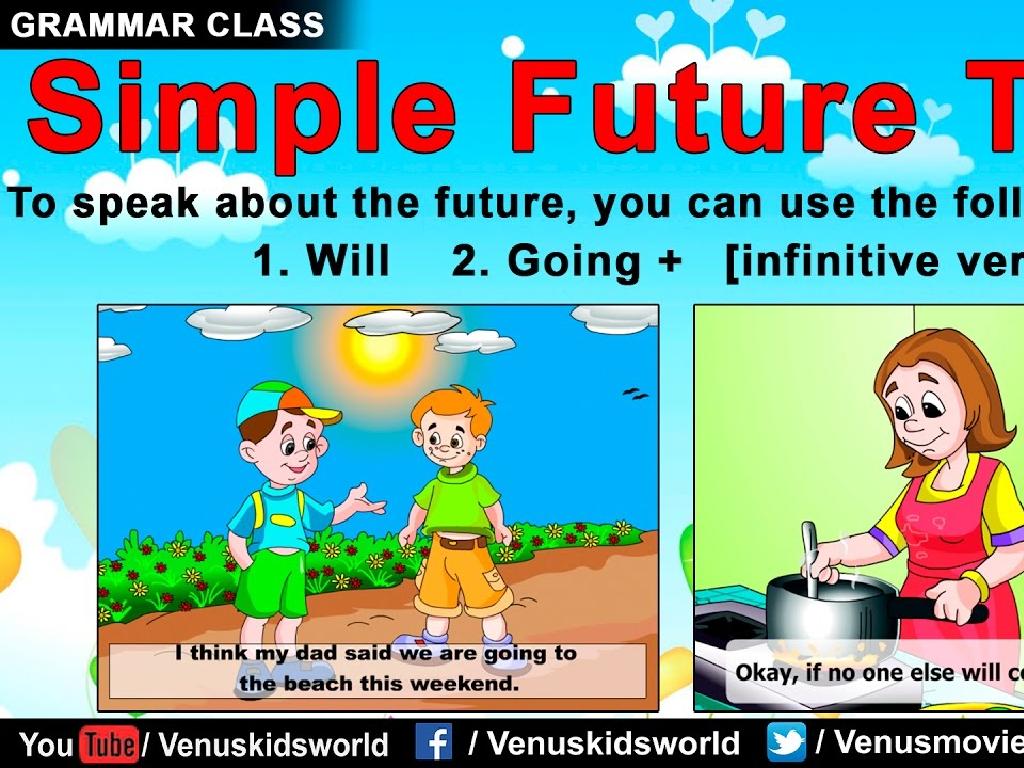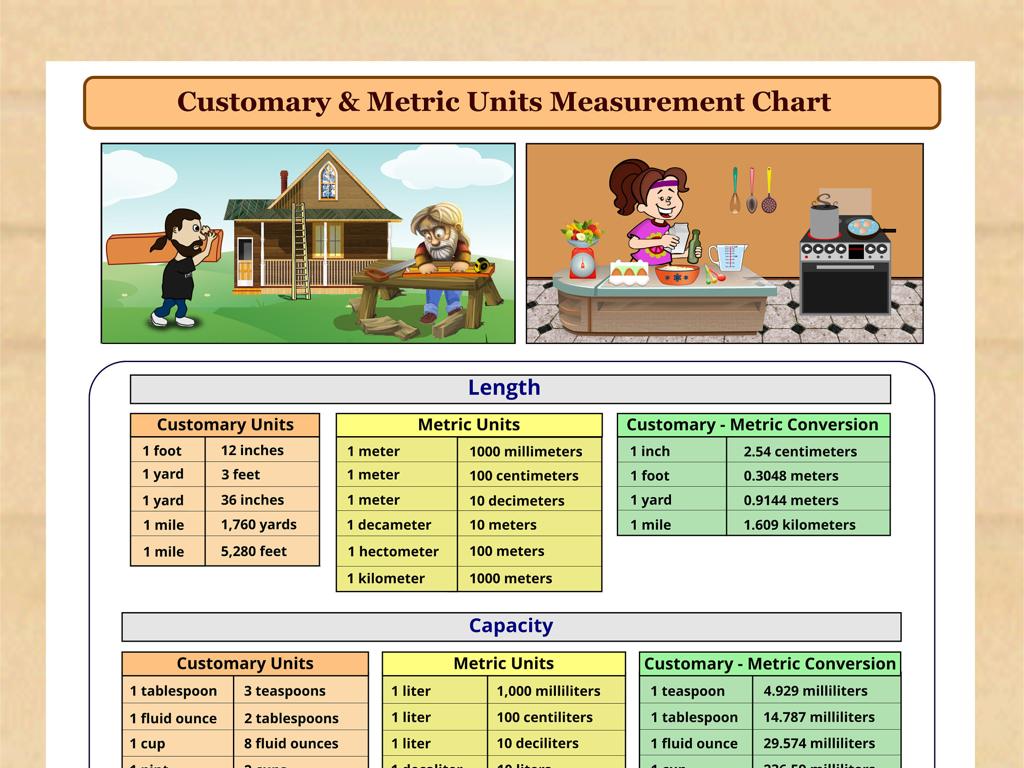Name Polygons: Up To 6 Sides
Subject: Math
Grade: Second grade
Topic: Two-Dimensional Shapes
Please LOG IN to download the presentation. Access is available to registered users only.
View More Content
Exploring Polygons with Up to 6 Sides
– What is a polygon?
– A shape with straight sides and no gaps
– Counting sides of shapes
– Let’s count sides together: Triangle has 3 sides
– Polygons up to 6 sides
– We’ll look at shapes from 3 to 6 sides
– Naming polygons correctly
– Learn names like triangle, rectangle, and hexagon
|
Begin the lesson by asking students what they think a polygon is to assess prior knowledge. Explain that a polygon is a 2D shape with straight sides that are fully closed. Use visual aids to show different polygons and engage the class in counting the sides of each shape. Introduce shapes with 3 sides (triangle), 4 sides (rectangle, square), 5 sides (pentagon), and 6 sides (hexagon). Ensure to pronounce the names clearly and repeat them to help students memorize. Encourage students to draw their own polygons and practice naming them. This will help solidify their understanding of polygons and their characteristics.
Exploring Polygons: Shapes with Sides
– What is a Polygon?
– A flat shape with straight, fully closed sides
– Polygons have straight sides
– No curved sides allowed!
– Today’s focus: Up to 6 sides
– We’ll learn about shapes from triangles up to hexagons
|
Introduce the concept of polygons to the students by defining what a polygon is. Emphasize the characteristics of polygons, particularly that they are two-dimensional shapes with straight sides that connect to form a closed figure. Make sure to clarify that polygons do not have curved sides. For this lesson, limit the discussion to polygons with up to six sides, which includes triangles, quadrilaterals, pentagons, and hexagons. Use visual aids to help students identify and count the sides of each shape. This will prepare them for recognizing and naming polygons in their environment and in more advanced mathematical contexts.
Exploring Triangles: A 3-Sided Polygon
– What is a triangle?
– A shape with three straight sides and three angles.
– Counting triangle sides
– Let’s count: 1, 2, 3 sides together!
– Types of triangles
– Equilateral, isosceles, and scalene triangles.
– Triangle properties
|
This slide introduces students to the concept of triangles as the simplest polygon with three sides. Start by explaining what a triangle is and its basic properties. Engage the students by counting the sides of a triangle together. Then, introduce the different types of triangles: equilateral (all sides the same length), isosceles (two sides the same length), and scalene (all sides different lengths). Use visuals to help students identify and differentiate between these types. Encourage students to draw their own triangles and identify the type. Discuss how triangles are everywhere in the world around us, from signs to objects.
Exploring Quadrilaterals
– Quadrilaterals have 4 sides
– Count sides of a square
– A square has 4 equal sides and 4 corners
– Count sides of a rectangle
– A rectangle also has 4 sides but different lengths
– Discover more quadrilaterals
– Think about shapes like trapezoids and kites
|
This slide introduces students to the concept of quadrilaterals, a type of polygon with four sides. Start by explaining what a quadrilateral is and then engage the students by counting the sides of familiar shapes like squares and rectangles. Encourage them to think of other quadrilaterals they may know, such as trapezoids and kites, and discuss the properties that make each of these shapes unique. The goal is to help students recognize and name different quadrilaterals in their environment and understand that the number of sides is what determines the type of polygon.
Exploring Pentagons
– A pentagon has 5 sides
– Trace a pentagon’s sides
– Use your finger to follow the edges
– Pentagons vary in appearance
– Some are regular with equal sides, others are not
– Recognize different pentagons
– Find pentagons in everyday objects
|
This slide introduces students to pentagons, a type of polygon with five sides. Start by explaining what a pentagon is and show them various examples, including both regular pentagons (with equal sides and angles) and irregular pentagons. Have the students use their fingers to trace the sides of a pentagon on a worksheet or in the air to physically engage with the concept. Discuss how pentagons can look different; for example, a house’s front might resemble a pentagon or a home plate in baseball. Encourage students to recognize pentagons in the classroom or at home to reinforce their understanding of shapes in their environment.
Exploring Hexagons: A 6-Sided Polygon
– What is a hexagon?
– A shape with six straight sides and six angles
– Counting hexagon sides
– Let’s look at a hexagon and count 1 to 6 together
– Hexagons in nature
– Honeycombs are natural examples of hexagons
– Drawing our own hexagons
– Use a ruler to make your hexagon with six equal sides
|
Introduce the hexagon by defining it as a six-sided polygon. Show a hexagon and engage the class in counting its sides aloud. Highlight how hexagons appear in nature by showing pictures of honeycombs, which can help students relate the shape to real-life objects. Encourage students to draw their own hexagons using rulers, reinforcing the concept of equal sides and angles. This activity will help solidify their understanding of polygons and specifically hexagons, combining visual, auditory, and kinesthetic learning methods.
Identifying Polygons: How Many Sides?
– Let’s learn about polygons
– Count the sides together
– Look at the shape and count edges
– Guess the polygon game
– I’ll show a shape, you guess its name
– Ready to play?
|
This slide is designed to be interactive and engaging for second-grade students. Begin by explaining what a polygon is: a flat shape with straight sides. Show them various polygons one at a time and have the class count the sides aloud. Then, move on to the guessing game where you show a shape without naming it, and the students have to guess the name of the polygon based on the number of sides. For example, if it has three sides, it’s a triangle; four sides, a square or rectangle; five sides, a pentagon; and six sides, a hexagon. This activity will help students become familiar with identifying and naming polygons by the number of sides they have. Make sure to provide positive feedback and encouragement throughout the activity.
Drawing Polygons: Let’s Create Shapes!
– Draw a triangle with 3 straight sides
– Draw a square with 4 equal sides
– Draw a pentagon with 5 straight sides
– Draw a hexagon with 6 straight sides
|
This slide is an interactive class activity where students will practice drawing polygons with up to 6 sides. Provide students with paper and drawing tools. Remind them that polygons are 2-dimensional shapes with straight sides. A triangle has 3 sides, a square has 4 equal sides, a pentagon has 5 sides, and a hexagon has 6 sides. Encourage them to use a ruler to make the sides straight. For differentiation, you can have more advanced students attempt to draw regular polygons (all sides and angles equal) while others may draw simple, irregular polygons. After drawing, students can count the sides together and discuss the shapes they’ve created. This hands-on activity will help solidify their understanding of polygons and their properties.
Class Activity: Shape Hunt
– Explore the classroom on a shape hunt
– Find objects matching learned shapes
– Work with a buddy to list discoveries
– Pairs encourage collaboration and communication
– Discuss the shapes of objects found
– This will help us see how shapes form our world
|
This activity is designed to help students apply their knowledge of polygons by identifying them in the classroom environment. Encourage students to work in pairs to foster teamwork and communication. Provide a brief review of the shapes they should look for, such as triangles, squares, rectangles, pentagons, and hexagons. As they find objects that match these shapes, they should write them down on a list. After the hunt, regroup and have a discussion about the objects they found and the shapes they represent. This will help students understand the practical application of geometric shapes in everyday life. Possible variations of the activity could include drawing the objects, using digital cameras to take pictures of the shapes, or even creating a shape collage with the findings.
Review and Goodbye!
– Celebrating our shape hunt
– Define a polygon together
– A shape with straight lines and no curves
– Shapes make our world fun
– Keep exploring shapes around you
– Look for polygons at home and outside
|
This slide wraps up the lesson on polygons by revisiting the shape hunt activity and reinforcing the definition of a polygon. It’s a chance to celebrate the students’ efforts and encourage them to share what they’ve learned. Emphasize that understanding shapes is not just a math skill but also a way to better understand the many structures and designs they see every day. Encourage the students to continue observing and identifying polygons in their environment, fostering a natural curiosity and connection between the lesson and the real world.






